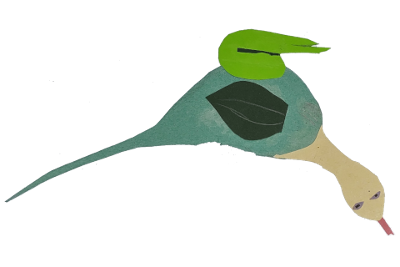In the lion's mouth

Location: St Gregory's Church
Map showing location of St Gregory's Church
One of the objects in the Castle's medieval collection is a medieval door knocker in the shape of a lion. This is a found poem using Agata Gomolka's blog post about the object and its interpretation.
Listen to the poem
Read the poem
the most striking ________
____ lion ____ with a human head____
________________ the external face of ________ St Gregory
____________________ leaves ________ the fourteenth century
________ we do not know ____ all we possess ________ skilled,
____ crafting and casting ____ difficult and complex ____ Our lion is ____ rare
____ consciously designed in ____ imitation of ____ doorknockers
St Gregory ____ appears to have ____ travelled far:
____ a reminder ________ of ________ medieval ____ centuries:
____________________ immensely vulnerable
our unknown ____ was inspired by ____ forebears ____ responsible for
____ the details. The ____ head of a lion with ____ eyes, ____ nostrils,
cheeks ____ whiskers ____ mane ____ and one surviving ear ____ jaws ____ a
head ____________________ a man with hair, ____ moustache beard
____ frowning, ________ he is alive and may not be entirely content with his fate
The lion ____ awarded ________
____________ resurrection, ____ a guardian of ____ porches and ____ warning
a promise ____ a punishment ____ regurgitating the ____ wild
________ vomiting up human figures, ____ the lion's mouth
____ a better person. The lion as a symbol
____ Like all ____________
________ fleeing ________
________ clutching ________
____________ protected ____
____________ eternal ________
________________ heaven ____
Follow the trail
Go to Norwich Arts Centre for poem 9: Swithin, or Strong Bear Cub




